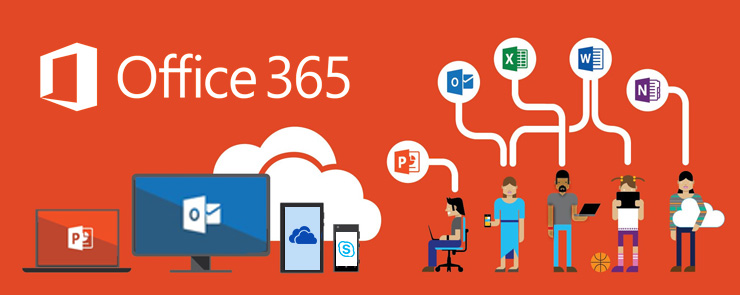Microsoft Office has long offered a range of applications to boost productivity. These
include the following:

■Word Microsoft Word is a word-processor program. It’s ideal for generating
documents of all kinds.
■Excel Microsoft Excel is a program for handling spreadsheets. You can use
spreadsheets to store and analyze data in tabular form, which makes them ideal
for handling accounting and bookkeeping tasks.
■PowerPoint If your business requires you to create slideshows or presentations,
you’ll appreciate the many robust and built-in features of Microsoft PowerPoint.
■Outlook Microsoft Outlook serves as a full-featured email client, calendar, task
manager, and address book.
■ OneNote With Microsoft OneNote, you can gather notes , even ones that
are handwritten drawings, screen clips, and audio files into one easy-to-access
place. It’s great for brainstorming or just keeping track of ideas.
■ Access Microsoft Access is a database management system. If you need to track data
for your business, you can use Access to do it.
■Publisher With the Microsoft Publisher desktop-publishing application, users can
quickly and easily design marketing materials like brochures, business cards, newsletters, calendars, and more.
Office 365 is like Office, except it expands its domain from the personal computer to the
cloud. Office 365, one of the public cloud-based services offered by Microsoft, is a software
as a service (SaaS) suite that includes not only the personal computer versions of Office, but
also mobile versions and the server services needed to connect them. With Office 365, you
can use the familiar applications you’ve probably run on your PC for years—Word, Excel,
and PowerPoint, and in some cases, depending on which subscription option you choose,
Outlook, OneNote, Access, and Publisher—to save, edit, and modify documents in the cloud.
In addition, you can store the files you create in Microsoft OneDrive for Business, which is
included with the bundle.
Some subscription models of Office 365 also include the following:
■ Yammer Yammer collaboration software is like a private social network. You can use
Yammer to get connected to the right people, share information across teams, and
organize around projects so you can go further, faster. With Yammer, collaboration just
happens—even on the go. Yammer helps your company work like a network so you
can listen, adapt, and grow in new ways.
■ Office 365 Video Office 365 Video is a website portal where people in your organization can post and view videos. Essentially, it’s a streaming video service for your
organization. Videos can be organized by channel. For example, you might have one
channel for a specific group or department and another for a particular subject.
There are three main functions inside Office 365 that support the collaboration and sharing of
information, providing a singular experience:
■Exchange Online Microsoft Exchange Online facilitates email management and administration. With Exchange, you can synchronize email, calendars, and contacts across
all your devices.
■ SharePoint Every business has a repository of files used to conduct day-to-day business. Microsoft SharePoint provides a place to store and manage all those files, and to
manage access to them. SharePoint also helps with keeping track of multiple versions
of a file and setting up notifications when a new version is ready. SharePoint can even
help with building workflows for business processes.
■ Skype for Business Skype for Business, previously known as Lync, integrates with
Exchange and SharePoint to facilitate real-time communications like instant messages,
video and audio meetings, and screen sharing, across all devices. This makes collaboration a breeze.


